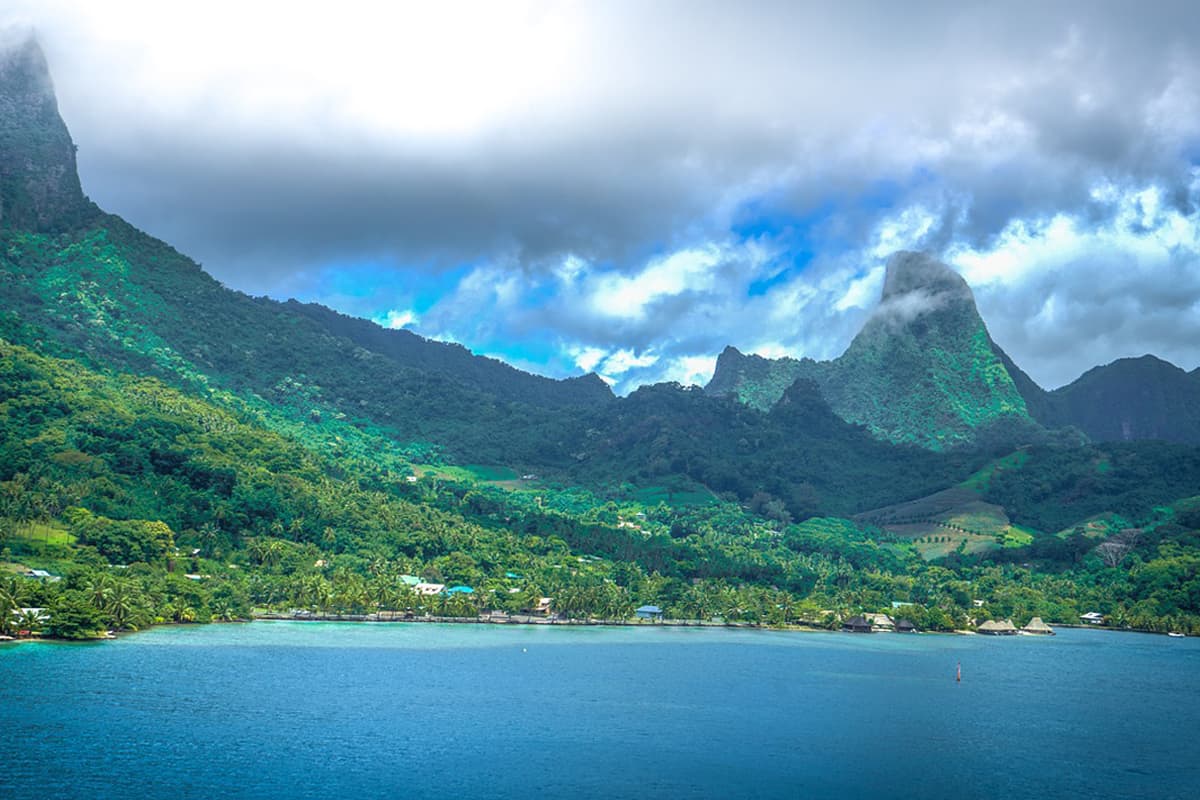In the historical footsteps of monoi
Highly prized for both its fragrance and its benefits, monoi is an oil native to Polynesia. Its name means "fragrant oil" in the native language. Discovered some 2,000 years ago, it has delighted women the world over. Here's how monoï was discovered and exported around the world.
The discovery of monoï
Tahitians have been perfuming coconut oil with Tiaré flowers since ancient times. In 1824, the first foreigner discovered Tiaré flowers. He was Dumont D'Urville, a French naval officer and explorer. On a scientific voyage, he ventured into Pacific waters and was intoxicated by the delicate fragrance of Tiaré flowers. Assigned to bring back plant species, he returned to France with some 3,000 plants, including the famous Tahitian flower. However, he never mentioned monoi per se.
In 1769, Captain James Cook mentioned monoi in one of his travel accounts. While in Polynesia, he described Tahitian customs, referring to the monoi oil with which the inhabitants smeared their hair and body.
The history of monoi in Tahiti
Monoi has been used in Tahiti for over 2,000 years. It was reserved for the island's nobles, also known as the Arii. The ancestral manufacturing technique is still used today.
Tahitians used monoi for massages (taurumi in the native language). It was an oil used on newborns to stimulate their psychomotor development and prepare their skin for external threats (salt, sun, etc.). Legend has it that the Tahitian god of beauty, Tané, was born in the form of a jellyfish. Ta'aroa (the creator) was able to shape him into a perfect body and skin by massaging him with natural elements (including monoi).
The monoï de Tahiti has a sacred connotation, reminding us of the link between Earth and Man. Through the gestures of massage, a symbiosis is communicated between mother and child that lasts a lifetime.
Moorea stone
The island of Moorea is home to one of the first instruments used to prepare monoi: the Moorea stone (Ofai Tahinu). This is an enormous square stone with a hollowed-out cavity. It was once used to make monoi.
Ofai Tahinu is a Polynesian relic that has become sacred. The stone is hidden in the middle of the jungle. Coconuts and tiare flowers were crushed in the cavity. The monoi extracted was reserved exclusively for kings and queens. A few women also came to give birth near the stone.

The spread of monoï around the world
With sea voyages, many explorers ended up bringing monoï back to their homelands. Seeing the benefits for the Tahitian people, the virtues of monoï were extolled the world over, so much so that local producers turned it into a lucrative business, but always with respect for ancestral values.
Now industrialized, production is on a massive scale to satisfy the needs of the entire world. Polynesia remains the main producer, as the Tiaré flower, essential for the garments, grows only in the region. 90% of local production is exported, bringing in over 5 million euros a year.

 en
en 





